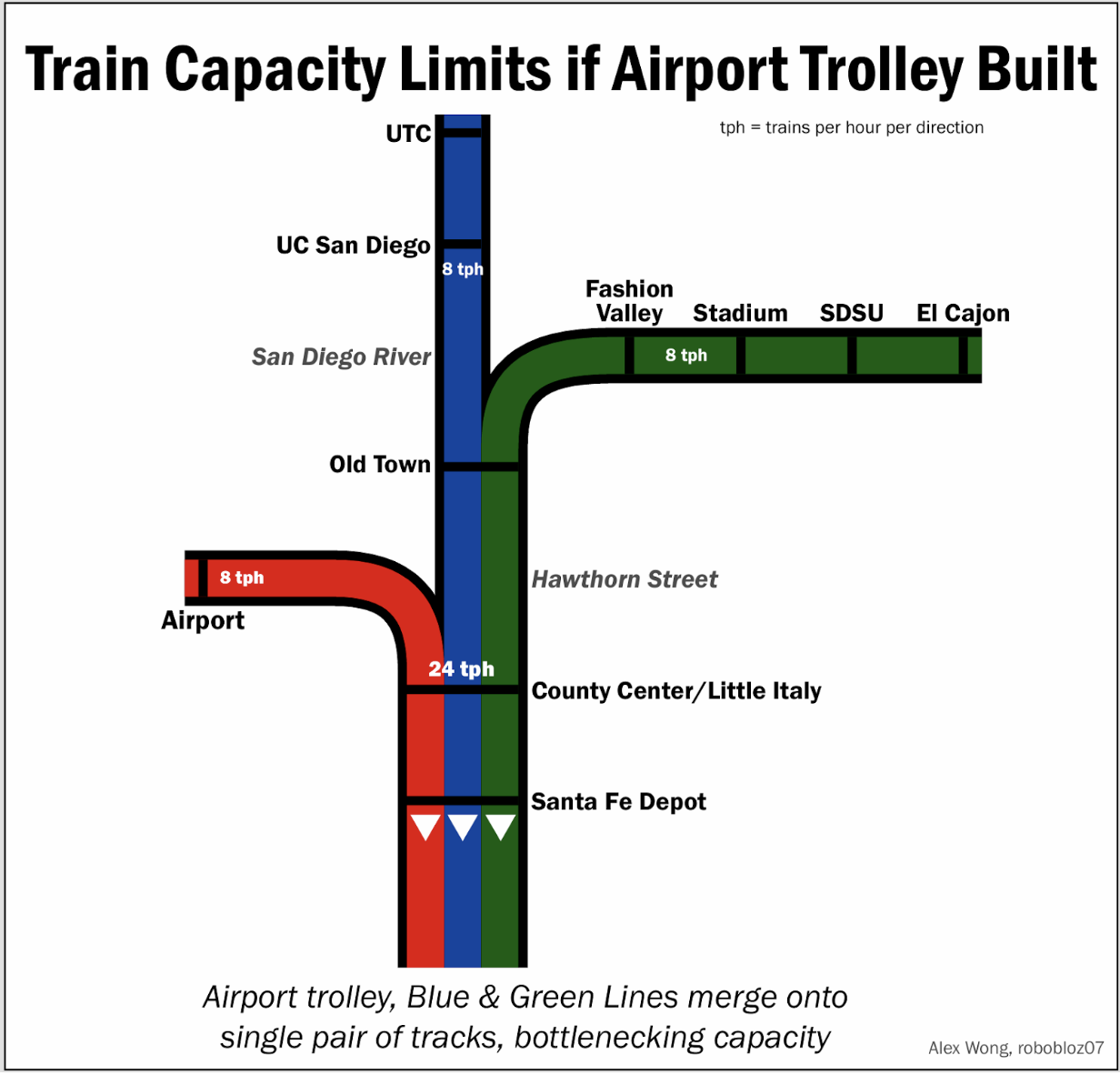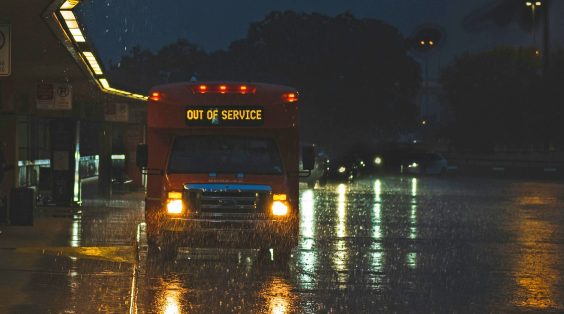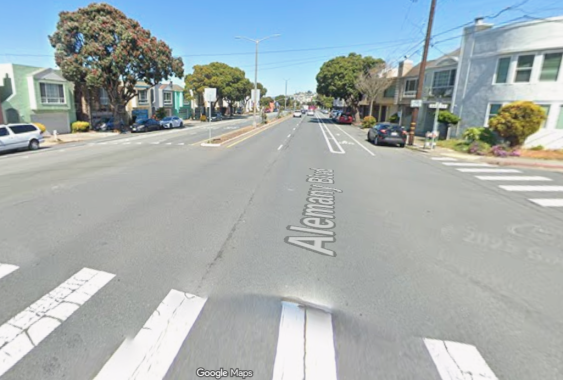For years now, civil engineers have given America's aged infrastructure a "D" grade and warned that if we don't do something soon, it's simply going to fall apart.
Guess what?
Train service between North Concord and Bay Point stations was completely shut down at the end of this week, with more misery expected. According to releases from BART, it's unknown when the delays will end. The cause: older rail cars were knocked out of service by electrical surges. Things were in such disarray this week that it made national news.
And although new cars are on the way, it won't be enough. “Our electrical system dates from the 60s and early 70s. Patching it here and there doesn't cut it anymore. We need to rip it out and install a modern electrical system,” said Nick Josefowitz, BART Board member and transportation advocate. “It's a big job - hundreds of miles of cables and third rail, dozens of substations and transformers, etc—but we have little choice.”
Clearly, Bay Area residents need to suck it up and pass the proposed $3 billion or more bond towards BART improvements. With luck, this latest round of BART problems will foster an attitudinal shift from the voters; people must connect the dots between failing infrastructure and the extra few dollars in tax they may have to pay for a functioning society. But the proposed BART bond doesn't directly address long term issues, such as a second BART tube. And that's just setting the system up for more severe failures—imagine what would happen to the Bay Area economy if the Transbay Tube were seriously damaged?
“We are now seeing more of our transportation funding going to 'fix it first,' as you see in the upcoming BART bond and 2013 Plan Bay Area, which is helpful. But we still need to find resources to add transit capacity and much needed redundancy for today's riders and tomorrow's riders,” said Ratna Amin, Transportation Policy Director for the San Francisco Bay Area Planning and Urban Research Association (SPUR). “The challenge before the next generation is to reform how we approach transportation funding and maintenance; reform will require both innovation and clear and honest conversations with the public and that is what you saw emerging during this week's BART Tweetstorm.”
The Tweetstorm she's referring to was set off by angry BART riders, but also by Taylor Huckaby, a Communications Officer for BART, who gave unusually candid replies, such as this one below:
And this isn't just a local problem. The Washington DC Metro, about the same age as BART, recently suffered a similar meltdown.
But too many people still don't get it. There was another bunch of articles attacking California's High-Speed Rail project, a statewide attempt to modernize our intercity trains, including Caltrain and Amtrak, which run on even older infrastructure than BART. The project is trying to bring California's statewide rail infrastructure up to where the Japanese were in the 1960s and the French were in the early 1980s. California's economy is handicapped by its poor infrastructure across the board, coupled by an unwillingness to invest in the future.
In the end though, whether it comes to BART, or Muni, Caltrain, or Amtrak, it's really not that complicated. If we don't fix and maintain and overhaul and upgrade transit systems, eventually they just stop working. And if there's no redundancy in the system, they stop working very, very badly. That's what happened this week on BART.








